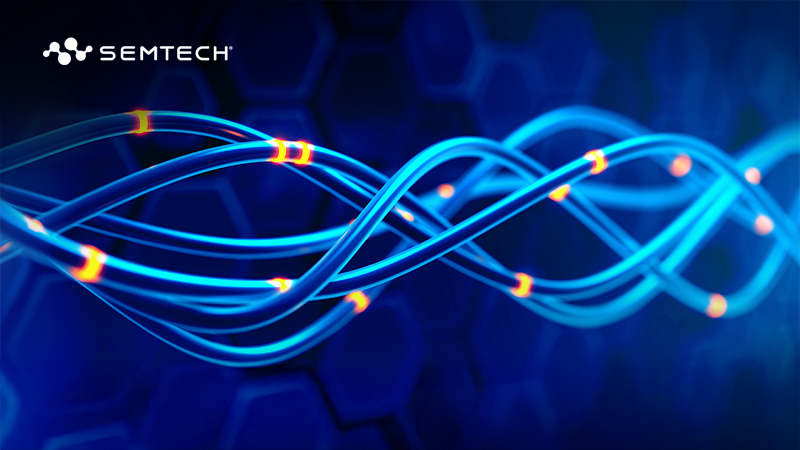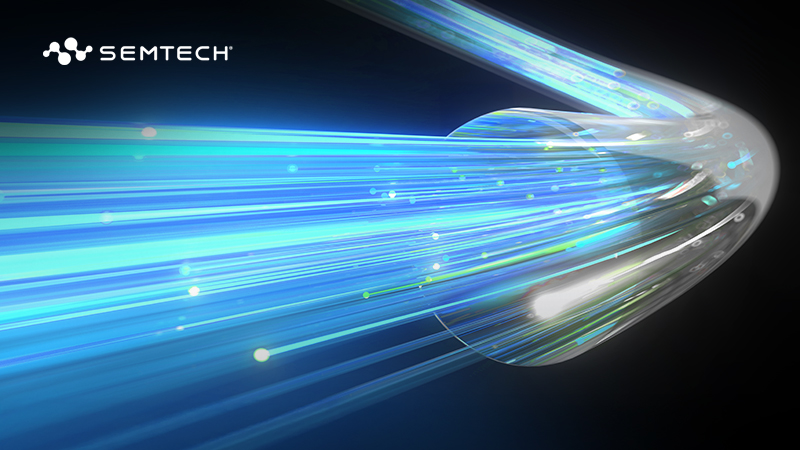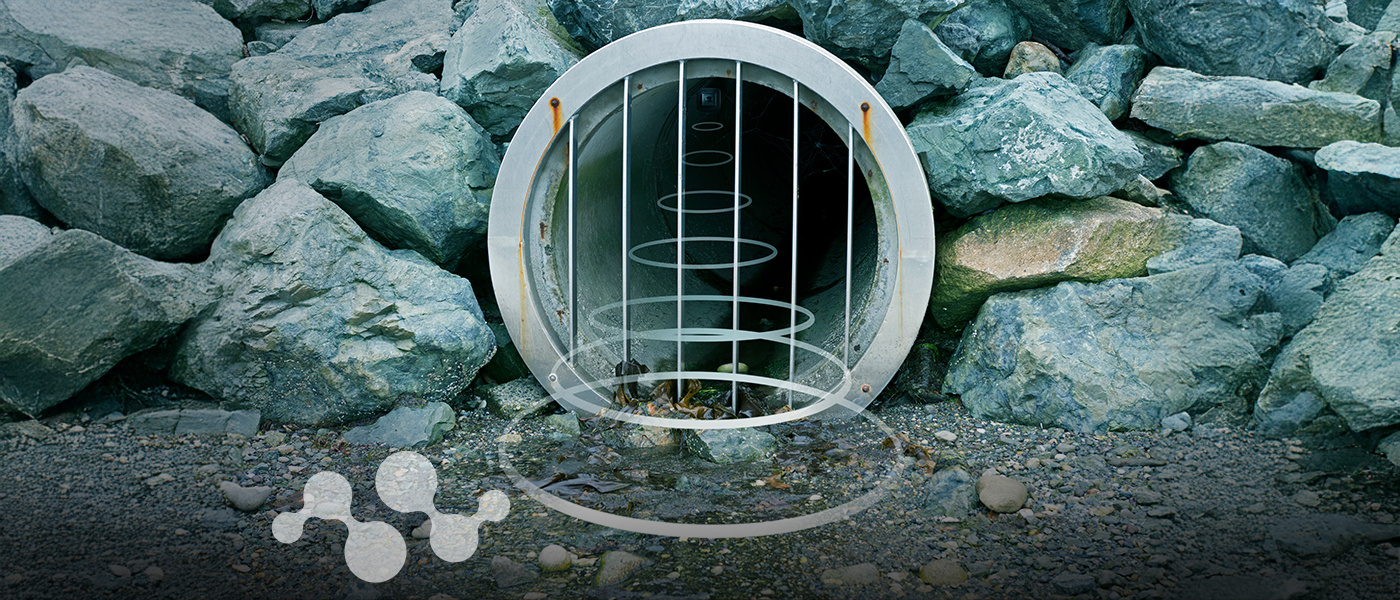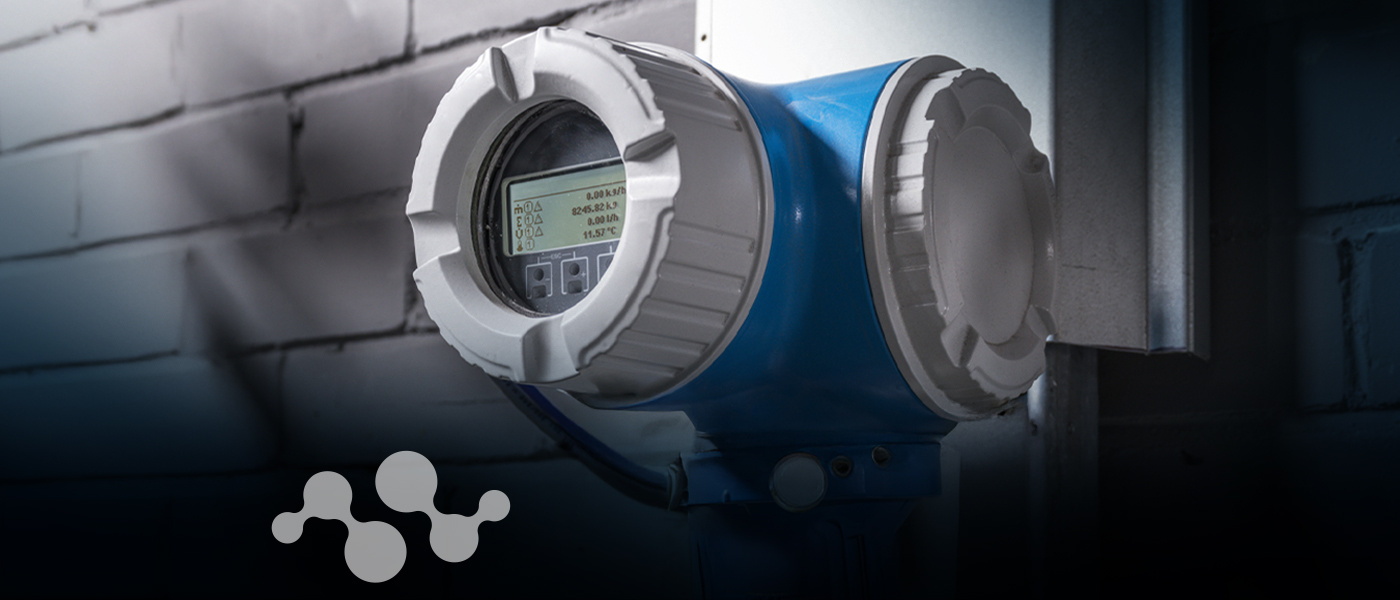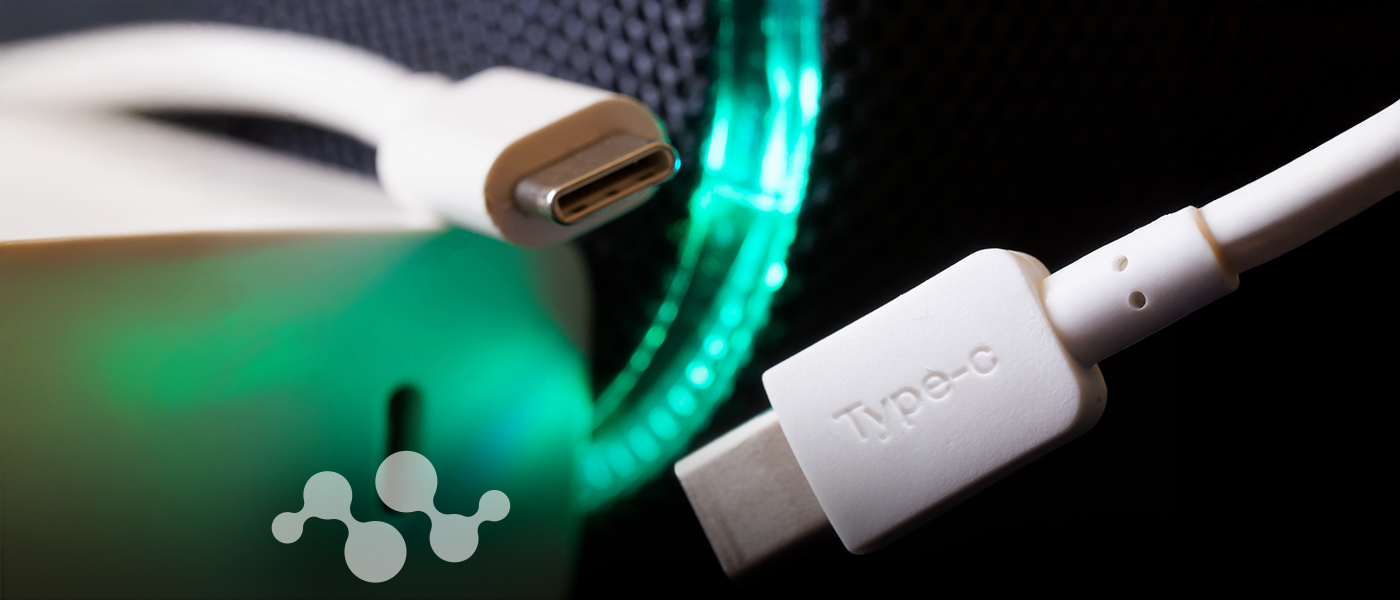Overview
The GV7704 is a quad channel serial digital video receiver for High Definition component video. With integrated high performance cable equalizer technology, the GV7704 is capable of receiving HD video at 270Mbps and 1.485Gbps over 75Ω coaxial cable, or differentially over a 100Ω twisted pair cable.
The GV7704 integrates the High Definition Visually Lossless CODEC (HD-VLC™) technology, which has been developed specifically to reduce the transmission data rate of HD video over both coaxial and unshielded twisted pair (UTP) cable. This is achieved by encoding the HD video, normally transmitted at a serial data rate of 1.485Gbps, to the same rate as Standard Definition (SD) video, at 270Mbps serial data rate.
At 270Mbps, the effect of cable loss is greatly reduced, resulting in much longer cable transmission. For 75Ω coaxial cable, cable reach can be extended up to four times the normal reach when transmitting encoded HD at 270Mbps. In typical video over coaxial installations, cable distances of up to 500m are possible.
The GV7704 can also be configured to receive HD video over UTP cable, such as Cat-5e and Cat-6 cable, when HD-VLC encoded at 270Mbps.
Features
- Quad channel serial digital video receiver for HD video surveillance and HDcctv applications
- Dual rate operation: 270Mbps and 1.485Gbps
- Backwards compatible with HDcctv 1.0 and HD-SDI
- Four independent receiver channels with high performance cable equalization, with support for 50/75Ω coaxial and twisted pair cable transmission
- Integrated High Definition Visually Lossless CODEC (HD-VLC™) for extended cable reach:
- 500m over 75-5 (5C) CCTV coax
- 300m over 75-3 (3C) CCTV coax
- 150m over Cat-5e/6 UTP cable
- Serial digital loop-though output per channel
- Integrated audio de-embedder for the extraction of up to 4 channels of I2S serial digital audio at 32kHz, 44.1kHz and 48kHz sample rates, per video channel
- Supports both 720p and 1080p HD formats:
- 1080p 25/29.97/30fps
- 720p 25/29.97/30/50/59.94/60fps
- Four 8/10-bit BT.1120 compliant output video interfaces, with embedded TRS and external HVF timing outputs
- Automatic independent detection of HD-SDI and HD-VLC video input data streams per channel
- Downstream ancillary data detection and extraction
- Automatic HDcctv Stream ID detection
- 4-wire Gennum Serial Peripheral Interface (GSPI 2.0) for external host command and control
- 1.2V core power supply with 1.8V digital I/O
- Small footprint 169-BGA (11mm x 11mm)
- Low power operation, typically 870mW
- Wide operating temperature range: -20ºC to +85ºC
- Pb-free and RoHS compliant
| Documents | Release Date | Type | |
|---|---|---|---|
| GV7704 Datasheet | 2018-12-19 | ||
| GV7704 Firmware Loading Guide | 2018-12-19 | ||
| GV7704 Format and Lock Detection Application Note | 2018-12-19 | ||
| GV7704 Product Brief | 2018-12-19 | ||
| FIT Estimates for TSMC 65 nm | 2024-01-23 | ||
| FIT Estimates for TSMC 65 nm | 2024-10-18 | ||
| FIT Estimates for TSMC 65 nm | 2024-12-06 | ||
| FIT Estimates for TSMC 65 nm | 2025-02-08 | ||
| GV7704 IBIS-AMI Model User Guide | 2018-12-19 | ||
| RDK-GV7704-RX User Guide | 2018-12-19 | ||
Applications
- HD Digital Video Recorders (DVR)
- HD Video Servers
- HD Video PC Capture Cards
- HD-SDI & HDcctv Peripherals
- HD Video Repeaters
- HD Video Converters
- HD Video Multiplexers
Inventory
| Product | Country | Distributor | Qty | Buy |
|---|
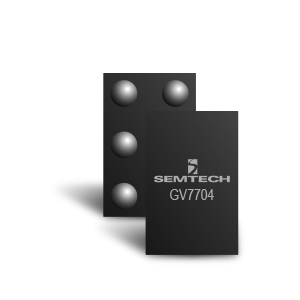
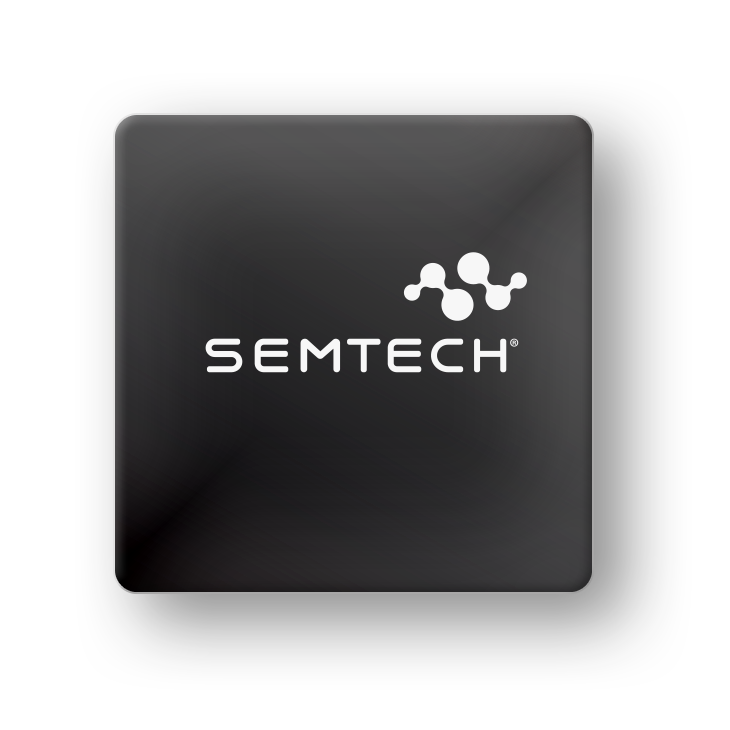

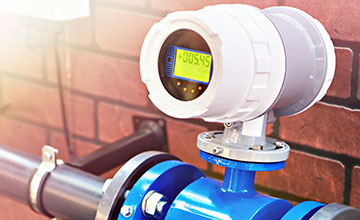

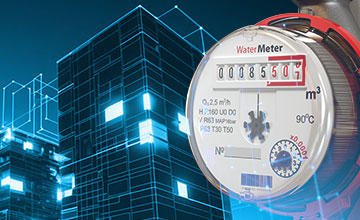







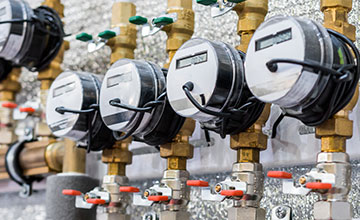


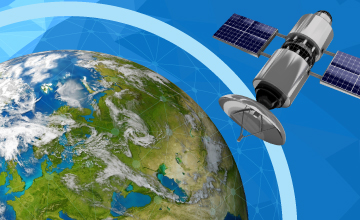

.png)







